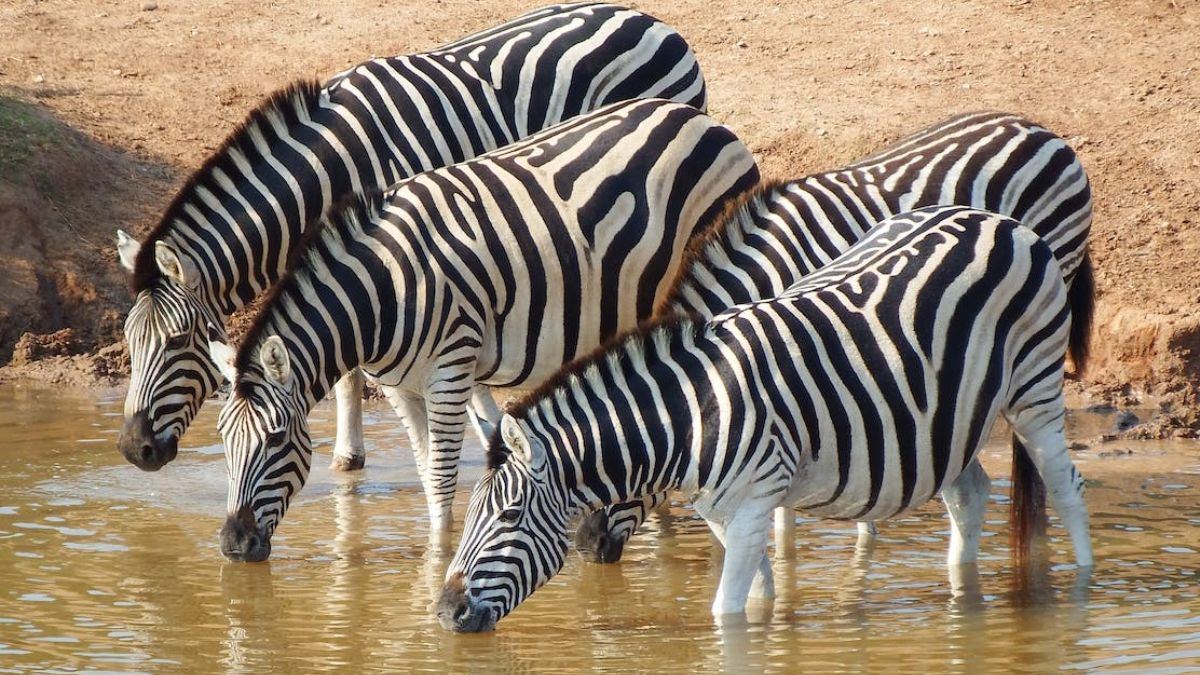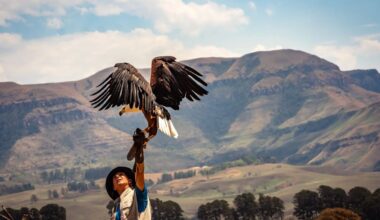Zebras, with their distinctive black and white stripes, are among the most iconic and visually striking creatures of the African savanna. Belonging to the genus Equus, these social herbivores captivate with their unique patterns and intriguing behaviors. In this exploration, we unveil the top 10 fascinating facts about zebras, shedding light on the splendor of these enigmatic animals that roam the grasslands of Africa.
Zebra Species Diversity
Zebras belong to the Equidae family, which also includes horses and donkeys. While there are several species of zebras, the most well-known are the Plains Zebra (Equus quagga), Grevy’s Zebra (Equus grevyi), and the Mountain Zebra (Equus zebra). Each species has its own distinctive characteristics, including variations in size, stripe patterns, and habitat preferences.
Distinctive Zebra Stripes
The most recognizable feature of zebras is, undoubtedly, their bold black and white stripes. The precise purpose of these striking patterns has long intrigued scientists. While the exact reason for the stripes remains a subject of study, various theories suggest that they may serve as a form of camouflage, help regulate body temperature, or act as a social signaling mechanism within the herd.
Social Structures and Zebra Herds
Zebras are highly social animals that form stable family groups known as herds. These herds typically consist of a dominant male, several females, and their offspring. The social bonds within a zebra herd contribute to the overall well-being and protection of its members. Zebras also exhibit mutualistic relationships with other herbivores, such as wildebeests and antelopes, forming mixed-species grazing groups that enhance vigilance against predators.
Vocal Communication
Communication is vital within zebra herds, and zebras utilize a variety of vocalizations to convey messages. Common sounds include barks, whinnies, and brays. These vocal cues help in coordinating group movements, signaling potential threats, and maintaining social bonds within the herd.
Zebra Feeding Habits
Zebras are primarily herbivores, grazing on a diet of grasses. Their digestive systems are adapted to extract nutrients efficiently from tough grasses found in their natural habitats. Zebras are also known to travel long distances in search of food and water, showcasing their adaptability to the dynamic conditions of the African savanna.

Zebra Habitat and Range
Zebras inhabit a range of environments across Africa, from savannas and grasslands to woodlands and mountainous regions. Each zebra species exhibits preferences for specific habitats. For example, Plains Zebras are well-adapted to open grasslands, while Mountain Zebras are found in more rugged terrains.
Zebra Reproduction and Gestation
The reproduction process among zebras is a key aspect of their social structure. Female zebras, known as mares, give birth to a single foal after a gestation period of around 12 months. The birth typically occurs away from the herd, providing the newborn with a safer environment during its vulnerable early days.
Zebra Conservation Challenges
Despite their widespread presence in the wild, zebras face conservation challenges. Habitat loss, competition for resources, and poaching are significant threats to zebra populations. Conservation efforts are crucial to ensuring the survival of these magnificent animals and maintaining the ecological balance of the African savanna.
Cultural Significance
Zebras hold cultural significance in various African societies. Their striking appearance, social behavior, and presence in the wild have inspired folklore, art, and symbolism in different cultures. In some African traditions, zebras are associated with strength, unity, and balance, serving as emblematic figures in storytelling and rituals.
Zebra Crossings in Popular Culture
The black and white stripes of zebras have not only captivated the natural world but also found their way into popular culture. The term “zebra crossing” is commonly used to describe pedestrian crosswalks, particularly those marked with black and white stripes. The association with zebras emphasizes the need for caution and safety in crossing roads, drawing a parallel with the vigilant behavior of zebras in the wild.
Zebras, with their captivating stripes and social dynamics, stand as remarkable symbols of Africa’s vast and diverse landscapes. From the iconic Plains Zebra to the elusive Mountain Zebra, these creatures contribute to the rich tapestry of the African savanna. Understanding the unique characteristics and behaviors of zebras not only enhances our appreciation for their splendor but also emphasizes the importance of conservation efforts to ensure their continued presence in the wild. In the grand theater of the African grasslands, zebras play a starring role, their distinctive stripes leaving an indelible mark on the canvas of nature.










